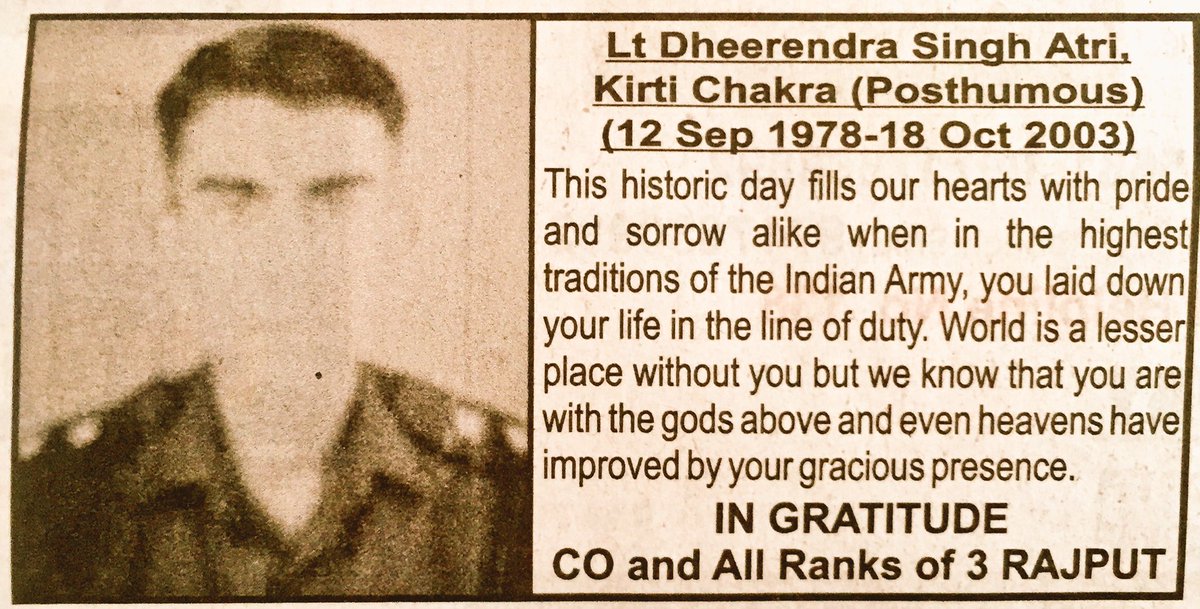ShauryaT wrote:tsarkar: What about the fact that higher man power is the primary cause for higher revenue budgets, starving capital budgets? A balance has to be attained somewhere. I am glad that a military man has recommended rationalizing the plains centric strike corps. Is there any doubt that better technology would have reduced our fatalities and time taken to prosecute the Kargil battle?
Sir, India is the only nation, other than Israel at civilizational faultlines. A nation on geographic faultlines like Japan will face earthquakes and Tsunamis. A nation with two civilizational faultlines will face aggression from 1. Central Asian Islamic & 2. Sinic civilization
in perpetuity. No amount of technology will prevent earthquakes and tsunamis in Japan and no amount of technology will prevent civilizational clashes.
Technology is no doubt useful, but so is manpower. The most famous British WW2 Admiral - Andrew Browne Cunningham said, "It takes 3 years to build a ship, it takes 300 years to build a Navy". Experience, Skill, Training, Knowledge, Acclimatization cannot be substituted by technology.
As regards cost benefit ratio, I'll answer that in later points
isubodh wrote:This 100 would be with automation and 3 shifts or are you saying that they don't plan for a 24x7 scenario ?
They expect technology to cover 24 x 7 but dont realize crews manning the technology and responding to threats will be fatigued with no replacement.
vaibhav.n wrote:In my defence, i had listed the blog more from an ORBAT perspective. I don’t agree with him completely, but he has put some interesting points across.
No defence required from you, my friend, this is just an exchange of ideas & views.
Coming to the US doctrine
‘’Massing effects, rather than concentrating forces, can enable numerically inferior forces to achieve decisive results, while limiting exposure
to enemy fire.’’
The above is good only when the enemy is known. However, when an enemy like Viet Cong or Taliban simply melts away when faced with massed effects and re-groups where you're weak, then the above strategy doesnt work. You launch Tomahawks at Osama's tents for great "massed effects" but outcome is zilch.
And answering Shaurya's point, the Tomahawks & associated targeting system costs were wasted.
India, with Counter Insurgency Grid with dedicated forces like RR ensures boots on the ground to prevent the enemy from grouping. The troops are based locally, with local intel, with know how of the terrain and fully acclimatized. Which is why unlike the Taliban and Haqqani Network that regroup in Afghanistan, no group has been able to grow beyond worm levels in Kashmir.
The biggest counter of thinning of personnel is the Obama Afghan surge of 2009 and Trump Afghan surge of 2017
https://www.washingtonpost.com/news/che ... 6d3fd8a603
‘’Employ all combat power available in the most effective way possible; allocate minimum essential combat power to secondary efforts.’’
This logic flies in the face of strategies adopted by Khalid bin Walid, Chengiz Khan, Stalin and Võ Nguyên Giáp.
Khalid bin Walid and Chengiz Khan mounted multiple thrusts. If one faltered, the focus shifted to the other.
In November 1942, the Soviets simultaneously mounted Operation Mars in Rzhev & Operation Uranus in Stalingrad. The Germans defeated the Soviets in Operation Mars but were defeated in Operation Uranus in Stalingrad.
https://en.wikipedia.org/wiki/Operation_Mars
https://en.wikipedia.org/wiki/Operation_Uranus
The Germans couldnt counter both thrusts.
In 1971 Bangladesh, Gen T N Raina attacked from West while Genl Sagat Singh attacked from East. The Pakistanis actually stalled Raina's offensive. Just before Dhaka, the Pakistanis mustered forces to stop Sagat. Then General Gandharv Nagra attacked from North and just walked down the open road.
Both Soviet and Indian thrusts would not have been possible with fewer personnel irrespective of technology.
General Võ Nguyên Giáp besieged the US camp of Khe Sanh. As US rushed battalion after battalion to defend Khe Sanh, Giáp infiltrated South Vietnam and started Tet Offensive. The US was confused which was the real thrust - Khe Sanh or Tet. The US completely lost the strategic initiative.
In later interviews, Giáp said he just played two thrusts irrespective of which one would succeed. The US abandoned Khe Sanh.
Coming to the original US doctrine, it is heavily flawed since its common military strategy to have multiple thrusts, pincers, envelopment - all of which require manpower.

